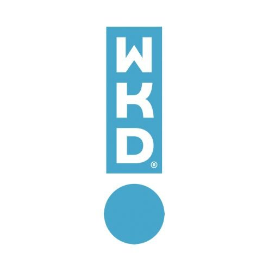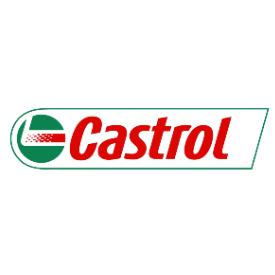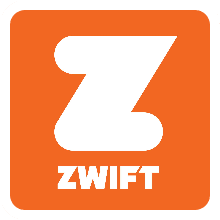History behind Kubicek Polyester
Kubicek Balloons are the only manufacturer to make their own fabric specially designed for Hot air Balloons and have been doing so for over 30 Years. The reason why Kubicek make their own fabric stems from their beginnings when then Czechoslovakia found itself on the east side of the Iron Curtain.
Unlike other Balloon manufacturers Kubicek were unable to source high grade Rip Stop Nylon and their source of Nylon material didn’t last nearly as long. A solution was required and luckily it was on the doorstep of the Factory. A Local fabric mill was producing Polyester fabric and the fabric was adapted to work on Hot air Balloons. Quickly it was found although it was harder to produce this Polyester fabric was much better than its Nylon counterpart and had other benefits too.
Following the collapse of the Soviet Union, Kubicek were allowed to sell their balloons to the west and this meant increased production of the fabric. So the Fabric Mill was brought by Kubicek to help accommodate the increasing demand.
Kubicek Textile Mill Today
The fabric mill which operates just outside of Brno now produces fabric for over 100 Balloons in all different shapes, sizes and colours. They have state of the art testing facilities constantly checking the fabric and testing future fabrics to make it even stronger and lighter.
This is how the Polyester Light fabric was developed which is becoming increasingly popular for Lightweight Ballooning, Special shapes and Competition Balloons. Please see below on further information on this fabric.
Polyester vs Nylon
In Ballooning there has always been an argument on which type of fabric is best, Nylon or Polyester. Although we produce our own Polyester fabric we do offer to make balloons in Nylon using Hyperlast but here are some reasons we use Polyester and why we think it is superior.
Longer Lifetime
Polyester has a long lifetime which is why people choose Polyester over its Nylon counterparts. Flown correctly a Polyester balloon can last beyond 500 hours of flight time with some even going beyond 1000 hours.
Higher Temperature Tolerance
Polyester fabric is less sensitive to overheating than Nylon which means it degrades less rapidly. In theory this means you can heat the balloon hotter than Nylon however as this isn’t really required keeping a balloon the same temperature as a Nylon Balloon only prolong’s the Balloon life still further.
Anti-Mould by Default
Nylon fibres need to be protected from moisture, this is because trapped moisture creates bacteria which starts to eat at the Nylon fibres and reproduce which starts to degrade the fabric. It allows for the infamous old balloon smell as the mould takes hold and also makes the balloon become porous.
Polyester fabric is resistant and immune to moisture by its nature. This is great for the UK as often envelopes get put in the envelope bag damp after flying. It means you don’t have to get your envelope out straight away to ensure it is dry after every flight and if needed can stay in the bag longer with no urgency to get the balloon out immediately to dry it.
Colour Stability
While it is true Polyester is harder to dye than nylon fabric the end result makes it worth it. Colours in polyester fabric are more vibrant and does not fade like its nylon counter part as badly, This makes polyester balloons stay brighter for longer.
Polyester Light
Following continuing development and testing with our fabrics we looked to produce a material that was lighter but had all the above benefits, the answer was Kubicek Polyester light. This fabric is designed for Lightweight ballooning for Private, Competition and Special Shapes markets.
The weight reduction on the envelope can be as much as 25% making envelopes much lighter to operate with.
For more information on Polyester Light please contact us.
See how Kubicek Polyester is Made
If you are interested in visiting the factory while the fabric is made as well as the Balloon factory please contact us and we can arrange a tour for you. If you can’t visit the factory why not check out this video on how the material is made.














































